🟧 96 Units On Ocean // Balboa Reservoir Project Update
In this week’s newsletter, we dig into plans for 96 units of housing on Ocean Avenue and more.
PTA leaders and merchants advocated for the San Francisco Public Library to build the neighborhood a full library for years.

It's hard to imagine the San Francisco Public Library's Excelsior Branch anywhere other than the Cotter and Mission streets.
Yet its history starts more than a century ago as the Excelsior Valley Delivery Station K, which began public library service in 1910 at 4564 Mission St. From 1919 to 1924, the deposit station's address is listed in the city directory as 540 Mission St. Perhaps it was a temporary location for collecting or storing materials for the branch's next location. And from 1924 to 1926, the deposit station was at 4523 Mission St.
The deposit station was officially upgraded to the tenth branch of the San Francisco Public Library in 1927. And it had moved once again — this time to "Bauer near Mission." Today, we would call it San Juan Avenue near Mission Street.
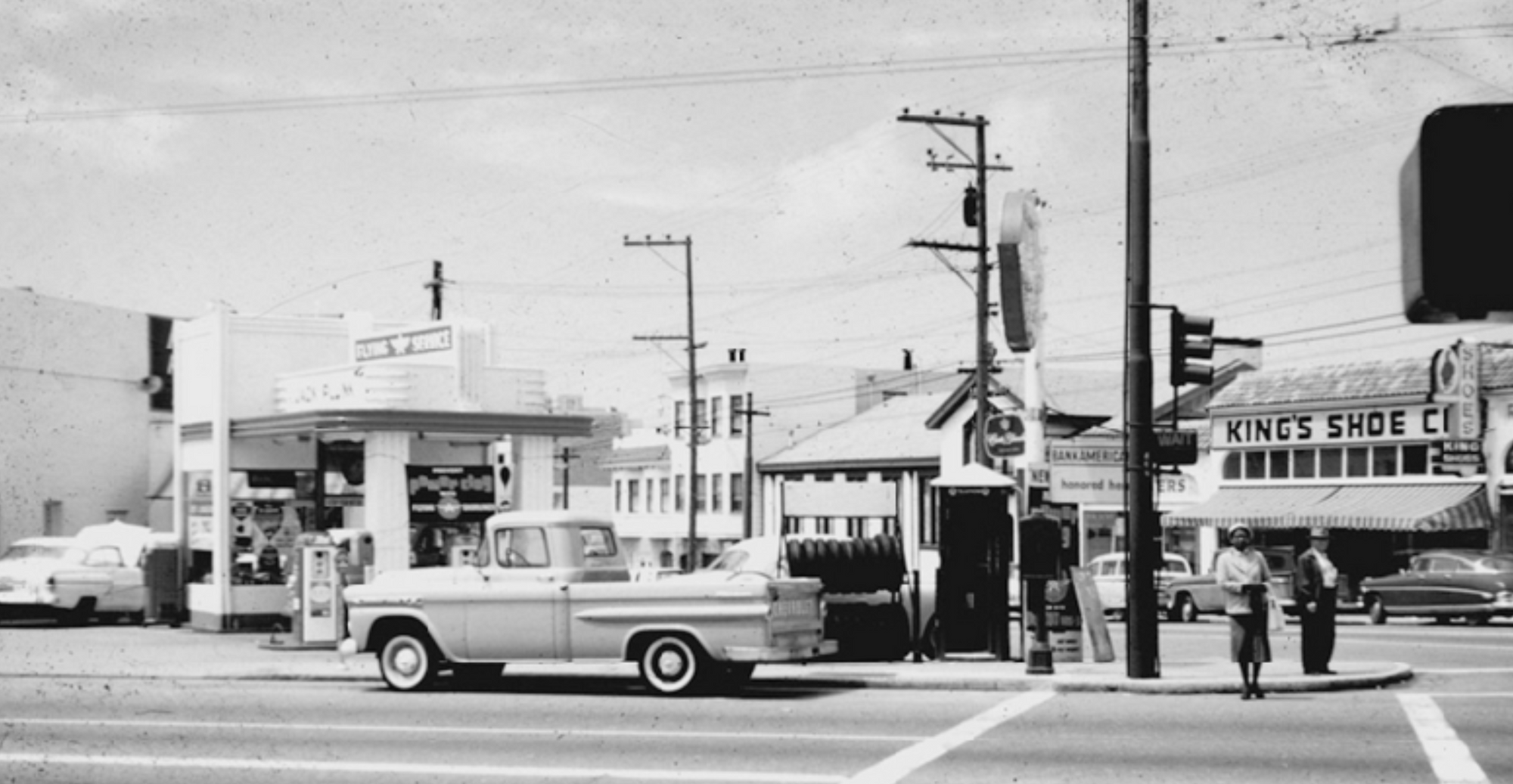
That triangle-shaped lot, bounded by Ocean, Mission and San Juan, is where the Wells Fargo Bank now stands across from what's called the Persia Triangle. The library was at this San Juan Avenue location for about seven years.
Between 1934 and 1946, the branch's address became 8 Ocean Ave. which was essentially the Ocean Avenue frontage of the "San Juan" lot. It remained there for approximately 12 years.
This means that the Excelsior library was located just north of the Persia Triangle for almost 20 years.
The Wells Fargo Bank building at Ocean Avenue and Mission Street was enlarged and renovated after it merged with the American Trust Company. This forced the library to move again and at some point in 1948 it relocated to a rented storefront at 4465 Mission St. The same year, a Library Bond Measure failed at the ballot box.
On April 20, 1950, at 8 p.m. there was a grand reopening celebration of the Excelsior Branch Library at 4465 Mission St. Mayor Elmer Robinson, library commissioners and Walter Jebe from the Excelsior Merchants Association all attended. It's not clear why there was need for a re-opening party — perhaps the failed bond measure or the mayor's fluctuating support had something to do with it.
Because, in fact, Robinson had approved a new library for the Excelsior in February 1950. But by April of that year he had changed his mind and approved one for the Marina instead. The city continued to pay Louis & Tosca Donati of Daly City $175 a month to rent 4465 Mission St. A fresh coat of paint was better than nothing.
Meanwhile, the Persia Triangle was created between 1949 and 1950, when Persia Avenue was continued across Mission Street and through to Ocean Avenue. The Persia Triangle would come to be considered by many as the best spot for a new, permanent public library branch.
In April 1952, Robinson trimmed the budget and deleted monies for new libraries in North Beach and the Excelsior. By August, the local newspapers were promoting public libraries with feature articles. And by September, the Library Commission was considering another try for a bond measure that would include a new building for the Excelsior.
In March 1953, a master plan was created by City Librarian Laurence Clarke for relocating several existing branches and building new ones for those housed in rented facilities — such as the Excelsior. The idea was formally presented to the Planning Commission in April. By September the newspapers were continuing to support the upcoming library bond measure. But it failed at the ballot box — just like the one in 1948.
Library bond measures had been passed by voters in 1920, 1928 and 1940. It wasn't until 1988 that another one would be approved. And it would be a very long time before the Library Preservation Fund was established by voters.
In 1954, Robinson forwarded two petitions to SFPL that asked him to respond to neighbors' demands for a new Excelsior Branch Library. The Library Commission included Excelsior in their budget and asked the city's Director of Property "to negotiate for the purchase of a site."
Then in 1955 the lease on the Excelsior branch's rented facility was extended.
In January 1956, SFPL asked the Board of Supervisors to approve more money to acquire land for a new Excelsior library. The matter was delayed so the Finance Committee could inspect the property — but it's not known which property was being inspected.
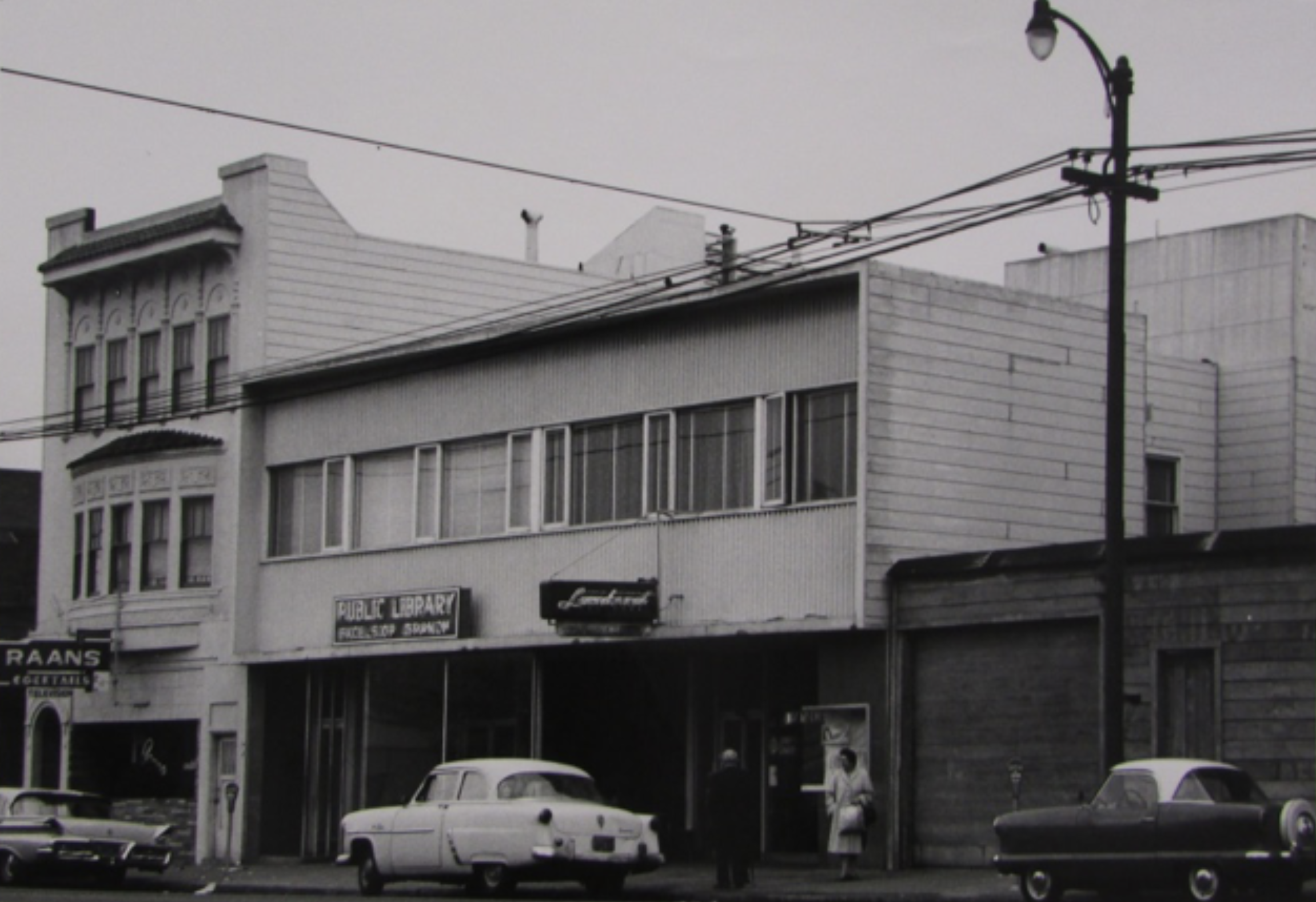
In the days before district supervisors representing the needs of the neighborhoods at City Hall, the parent-teacher associations and the Excelsior Merchants Association stepped up to do the job.
By March 1957, Mrs. James Scardino of the San Miguel Elementary School PTA was writing to the newly elected mayor, George Christopher, about the desperate need for a new library in the Excelsior.
"We were under the impression," she wrote, "that the building would be built at Russia and London." (The newly built Pacific Telephone Company building precluded that.) She goes on to say — instead — please consider the Persia Triangle. "We understand that the city has purchased an option on the lot and it would be a perfect location for the students of the many schools in the area." (Could this have been the property inspected in 1956?)
The same month Mrs. F. David Merrill, president of the Denman Junior High School PTA, wrote to the Board of Supervisors and Christopher to urge them to approve the purchase of the same property "which we believe to be available for purchase." She described the "extreme need" for a new library in a conveniently located spot "which we were promised several years ago." The newspaper printed her letter and added this: "The 1957-58 Library budget includes $7,500 to match the $7,500 that has already been appropriated for the purchase of the Mission and Persia site. If this budget is approved, construction will begin in 1958 or 1959."
Clarke, the city librarian, affirmed this saying "yes we secured $15,000 in next year's budget for the new Excelsior Library […] the Library Commission is considering a site at Persia and Mission which we feel will be ideally located and will adequately serve the needs of the community […] especially because of the increasing child population."
By 1958 the Excelsior Branch Librarian was asking for clarification about the funds for the new branch.
And there was talk of another bond measure that never came to fruition.
In 1959, the Planning Commission recommended extensive improvements in the library system and included a new Excelsior branch in the plan. New parking facilities were recommended at various library sites as well.
In January 1960, the Library Commission included a place-holder in the budget for a new Excelsior branch. Clarke was instructed to have several sites appraised. Finally, by Feb. 1960 the Library Commission approved $60,000 in the 1961-62 budget for it. But the location was not specified.
Meanwhile, the city bought "Lot 46" at the corner of Mission and Cotter for $60,000 (or $83,000 as noted later) on April 18, 1960. By early 1959 Lots 1 and 2 of Block 4797 had been acquired by the city and merged into one — this new lot was named Lot 46.
By May 1961 the Finance Committee approved an additional $10,500 for the planning of the new Excelsior library. And the Planning Department reported that the Excelsior project was in conformity with the Library's Master Plan. But there was still no public announcement about the location of the new branch. Regardless of the property changing hands, the owners of the A&A Service Station were still running their business at Mission and Cotter streets.
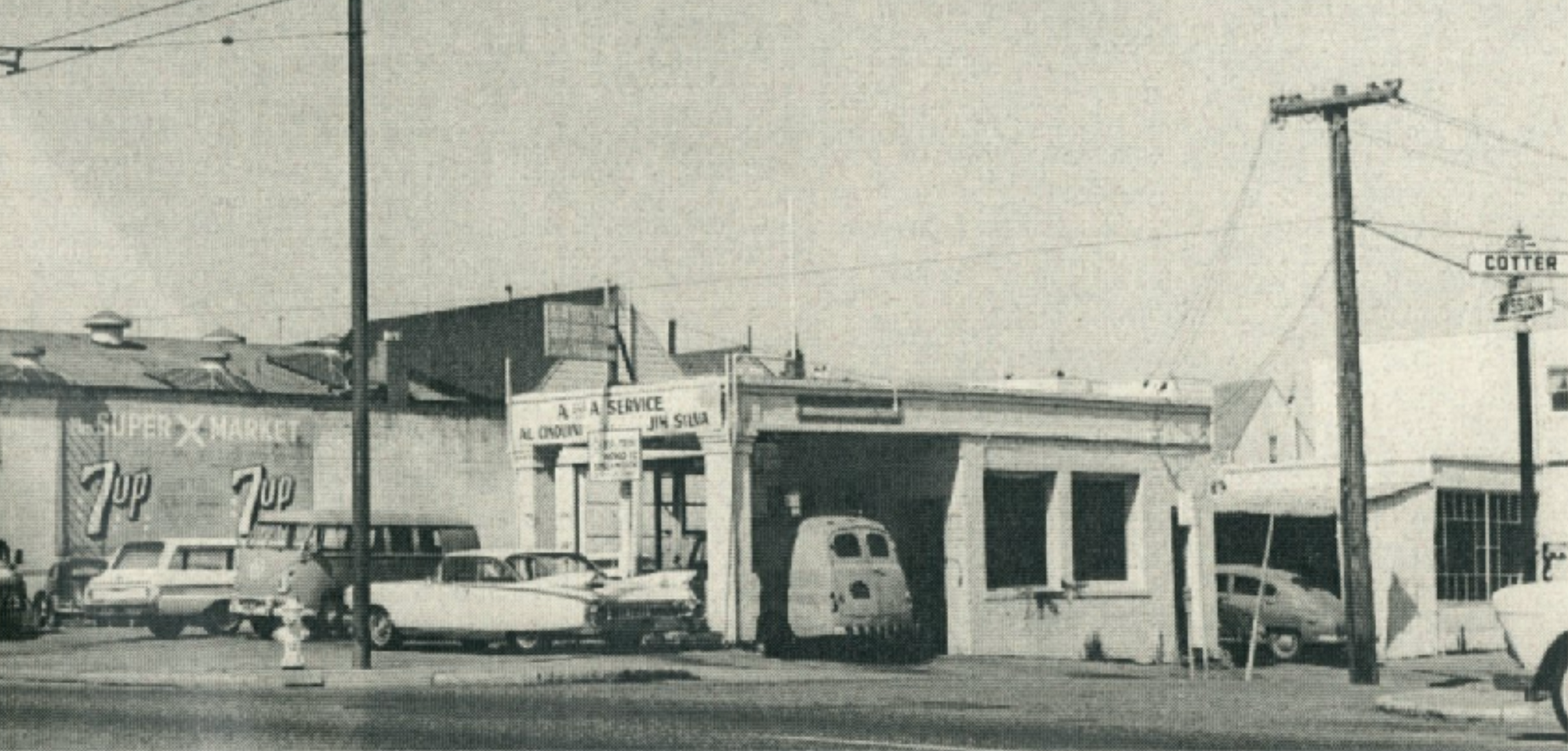
In 1962 the newspaper reported that new libraries would be coming in Excelsior, Bayview and Western Addition. New Library Commissioner Nichols ordered, in 1963, a survey of branch service and urged a new building for the "terribly neglected" Excelsior District. He said the people "lacked full library service." He urged the city to move on the project since it had been "in limbo for 11 years."
But the city still dithered. In 1963 the Finance Committee shelved a proposal to combine expenditures for the new Excelsior library with a parking garage at Geary between 18th and 19th avenues. Supervisor Roger Boas expressed concern at the need to relocate people whose homes would be bulldozed for the parking lot. "God help the residents if the Parking Authority is going to help with that," he said.
The city had finally acquired the lots at the corner of Mission and Cotter streets in 1964, but only after dealing with the owners of the A & A Service Station. The city had accepted a "release" from the service station operators Al Cinquini and Jim Silva, and they were paid $2,227.20 for their trouble. They moved their auto service and upholstery business to the Cresta Brothers property at Mission Street and Seneca Avenue. In addition, the City Attorney dismissed an action in eminent domain against "H.P. Heitzman et al" who were the owners of the property. It's presumed that H.P. Heitzman was paid the $60,000 in 1960 when the lot was bought.
Finally — in April 1964 — the newspapers reported that the purchase of land for a new Excelsior library was "in process." But it wasn't until September that the city shelved its idea to combine it with the "parking garage" project.
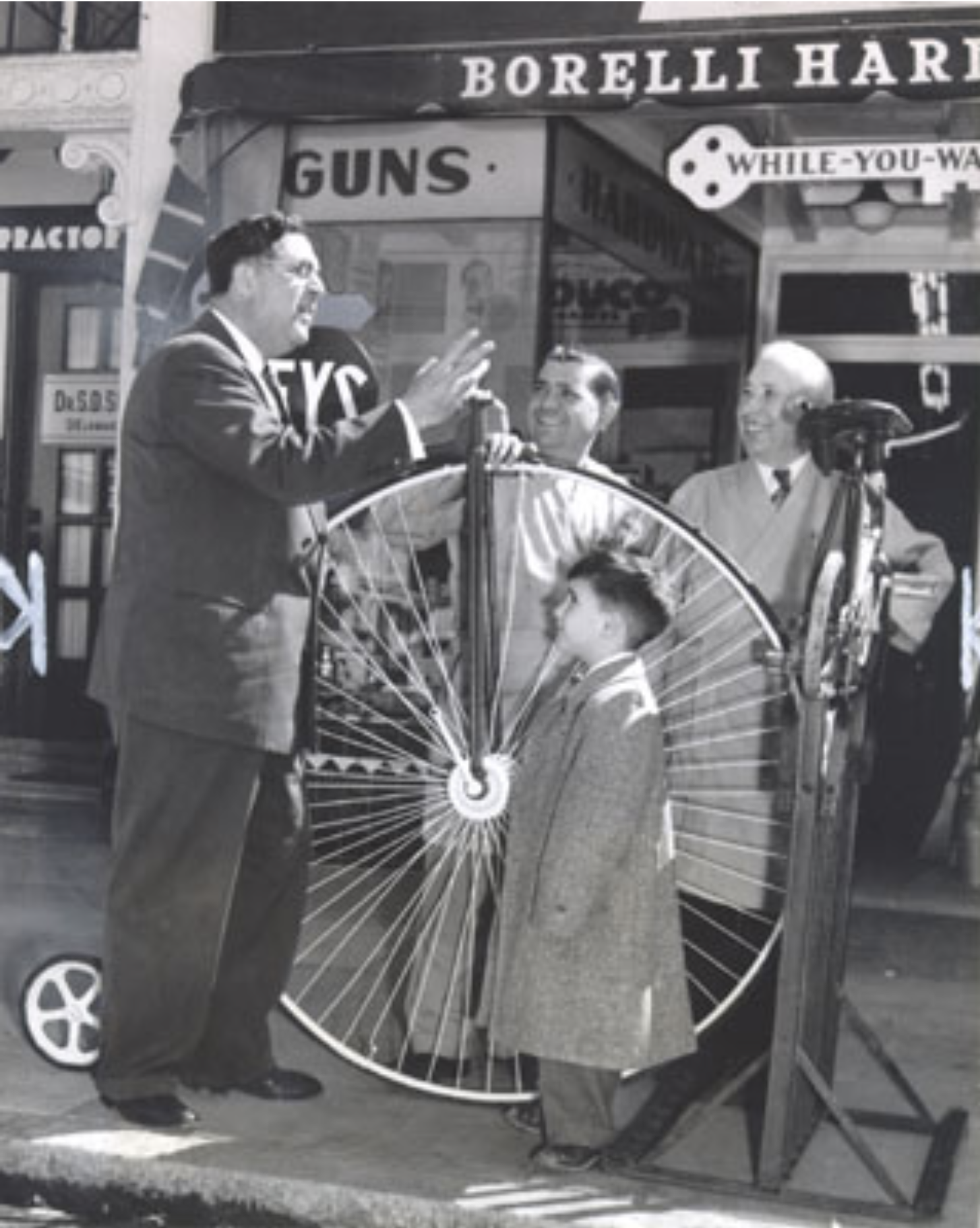
By June of 1965, it was reported that the Library Commission had approved plans to build a new Excelsior branch at Mission and Cotter streets. At that point Joe Giuffre had been vice president and manager of the Excelsior office of the Bank of America for six months.
In October 1965, the San Francisco Chronicle ran a series about "Jovial Joe" — referring to him as the "unofficial Mayor of the Excelsior." Giuffre is a "far more important man than you might think," the Chronicle reported. He was president of the Lion's Club and active in the Italian American Social Club, the Druids and the Sons of Italy. He had "enough influence to aid merchants in getting off-street parking, to get trees planted" and most importantly to get a new Excelsior branch library "which has been arranged for."
If Giuffre didn't wield enough power politically speaking he certainly wielded power financially. As a bank manager he was able to "loosen purse strings" for loan-seekers. He claimed the Excelsior had "more real estate loans than any other branch and was very high in deposits." The article exclaimed, "Just try to buy a lot in Joe's "City." Builders are paying $10,000 for 25 x 100 lots — $15,000 in many cases. They're tearing down houses just to build new ones."
Giuffre had grown up in the Mission and had been working at the Excelsior branch of the Bank of America since 1934. By the end of 1965 he had been promoted and transferred to the bank's "auto center" on Van Ness Avenue. At that point, Guiffre was living in Westlake but he still owned property in the neighborhood — notably "a gas station and an apartment house."
It's likely that Jovial Joe had been instrumental in orchestrating the deal for the lot at the corner of Mission and Cotter streets.
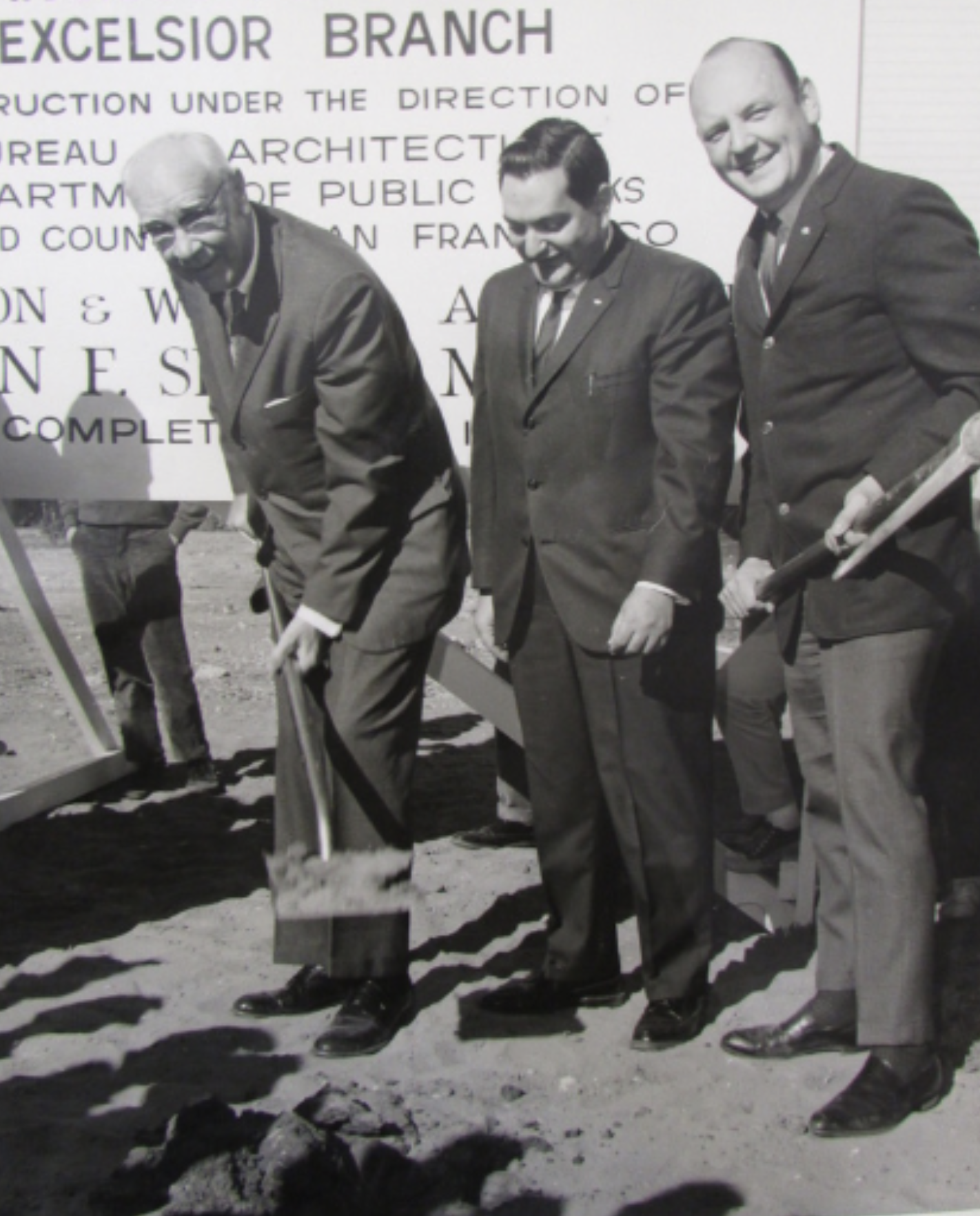
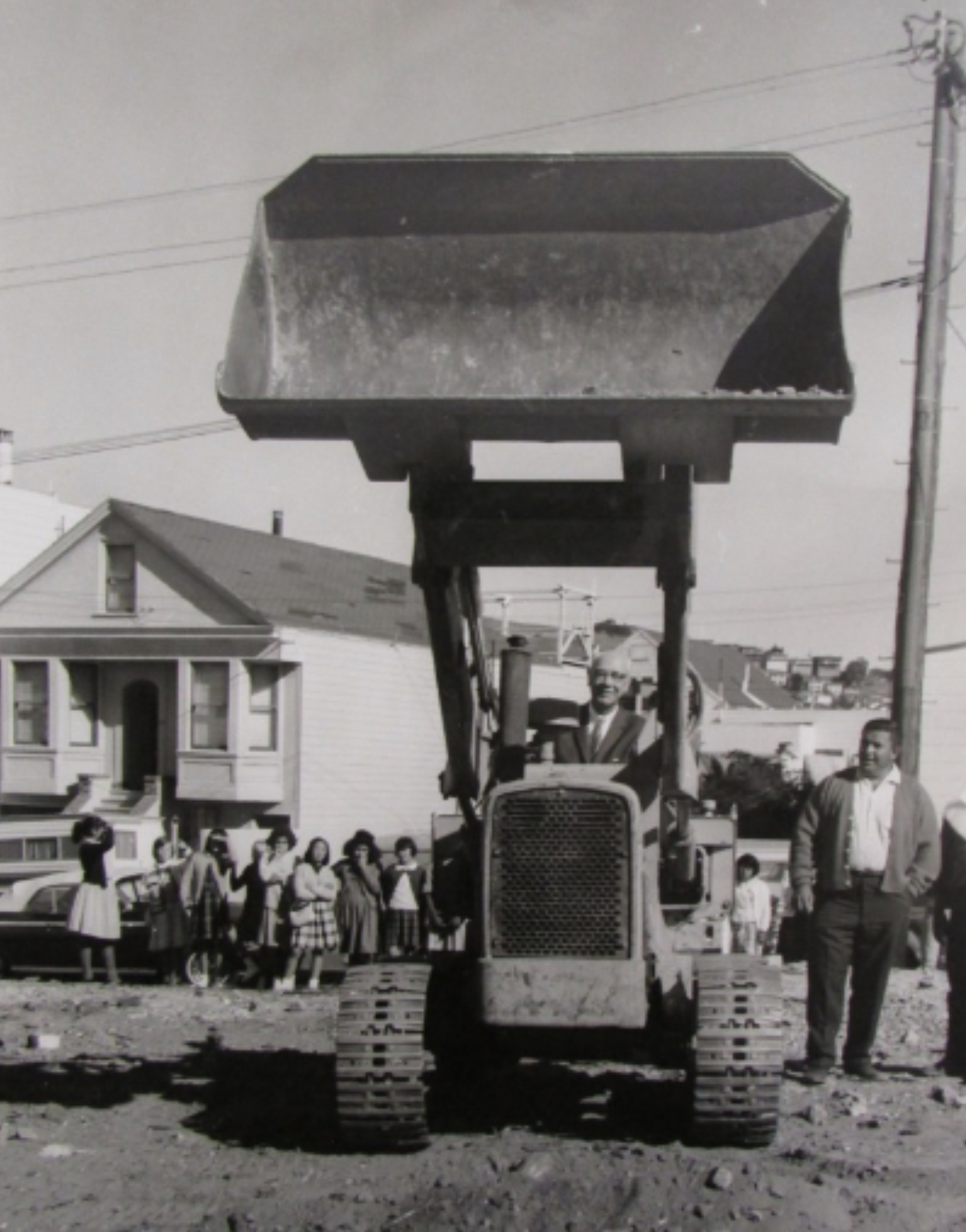
The groundbreaking for the long-delayed library was finally held on the morning of Friday, Oct. 21, 1966.
Two library bond measures had failed during the Excelsior's "long delay." And between 1951-1966, the city had managed to build seven Appleton and Wolfard libraries on the north and west side of town. Some referred to this building program as the city's "greatest capital expenditure in the library modernization movement."
At the Excelsior library dedication, Mayor John Shelley ceremonially operated heavy equipment at the event as the project was "transformed from dream to reality." He didn't wear a helmet while operating the machinery in close proximity to a group of school children — but there was no OSHA at the time either.
City Librarian William Holman was still harboring hopes for another library bond. In lieu of waiting for that, the Library Commission requested $136,046 for books and staff at the new Excelsior branch. And in seemingly record time, by Oct. 2, 1967, the new branch at 4400 Mission St. was open for business.
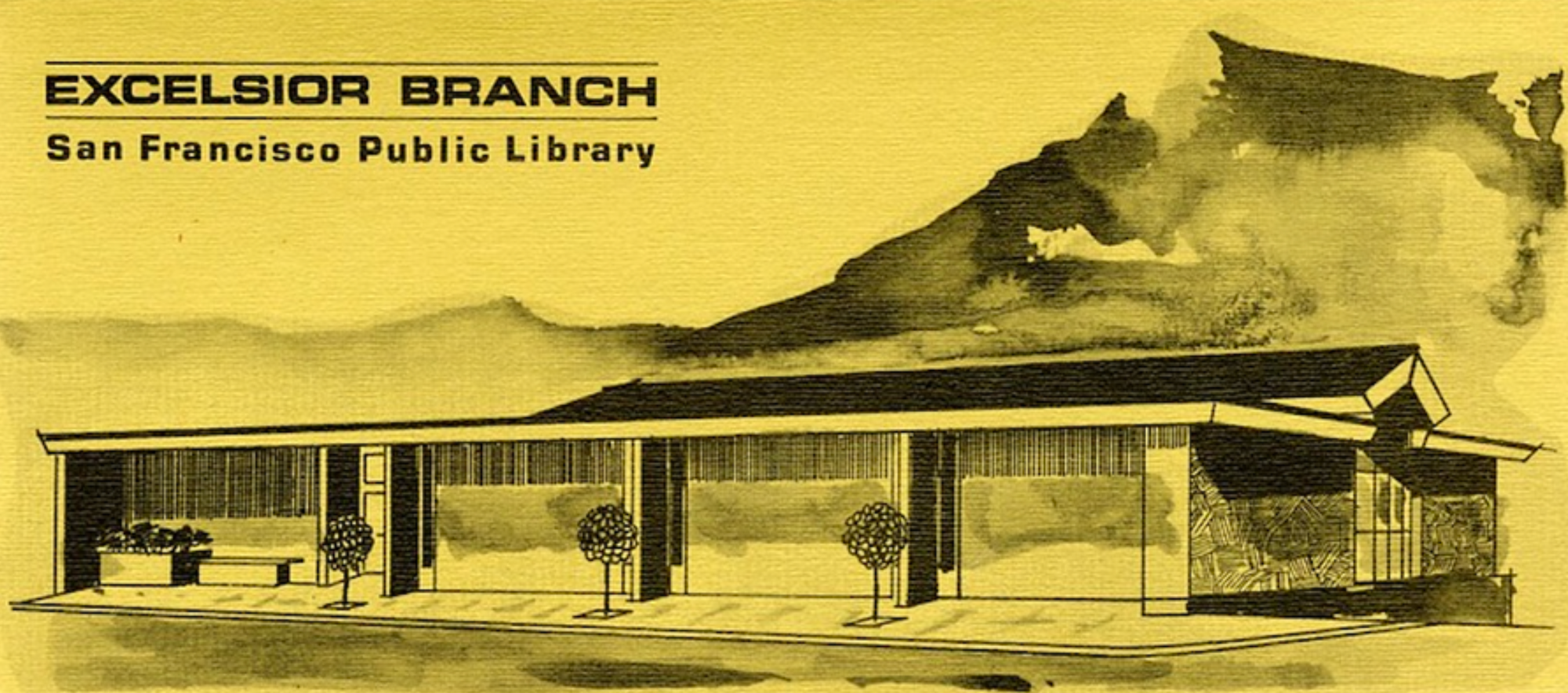
"The people of San Francisco have invested more than $400,000 in this new facility: $321,620 for the building; $26,000 for furnishings; and $65,000 for books." The Meeting Room was an important addition and the library believed it would "play an active and important role in community affairs."
Even though the library opened in October 1967 the formal grand opening was delayed until the following June. By then, San Francisco had both a new mayor and a new city librarian.
The new Excelsior Branch Library was officially dedicated on Wednesday, June 12, 1968. It was the eighth and last of the Appleton & Wolfard branch libraries to be built.
Joseph Alioto, the new mayor, did not attend the event. But City Librarian Harold Martelle, Jr. was there. Festivities began at 7:30 p.m. and were chaired by Lewis F. Morris, Jr., the principal of Balboa High School.
The newspaper extended the enthusiasm for the new library and encouraged a walking tour of the Excelsior. Begin at the new branch, they proclaimed, which was designed by Appleton and Wolfard the firm which specialized in "comfortable contemporary civic buildings."
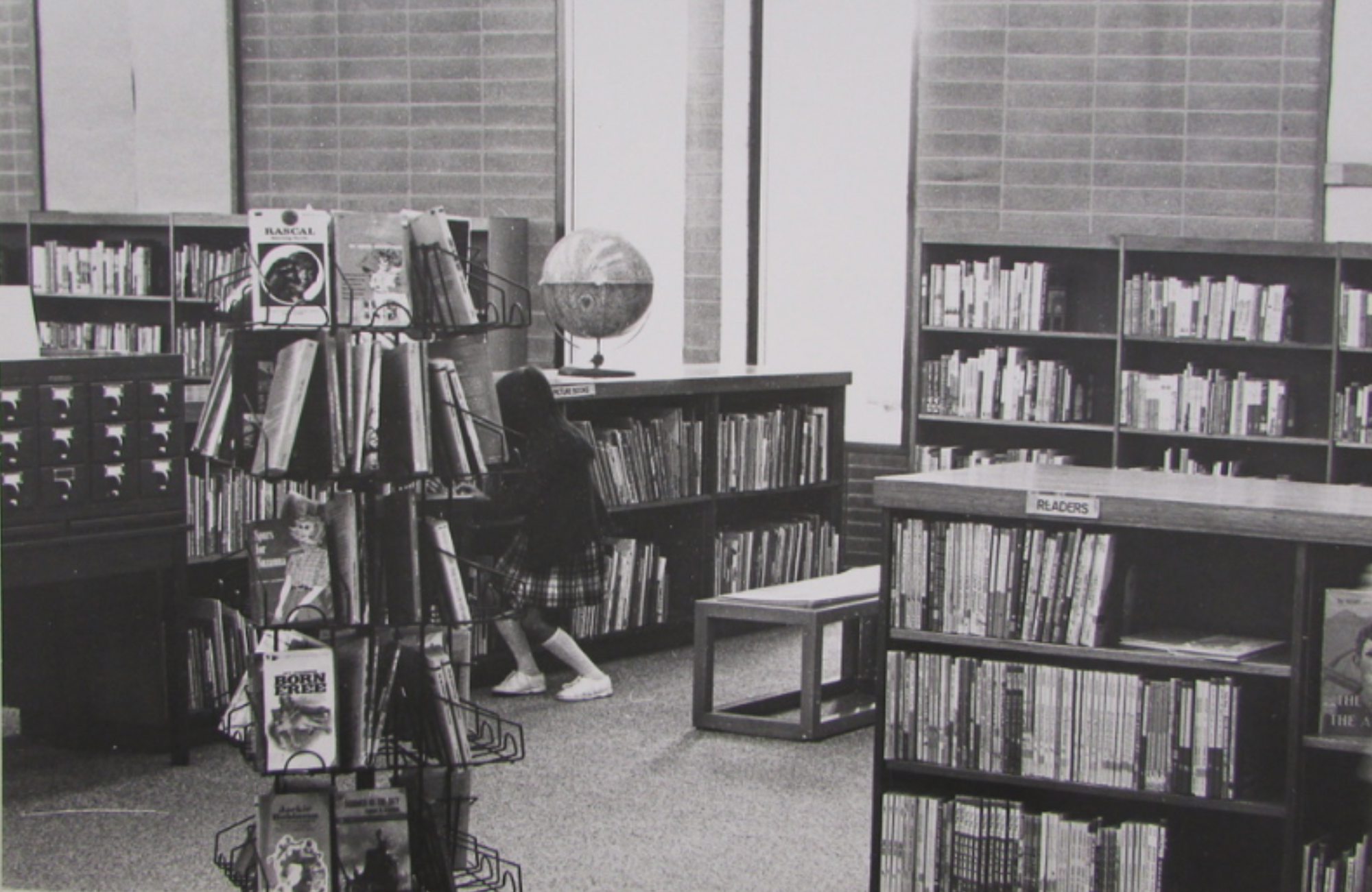
The new branch served the district well for over thirty-five years. Systemwide it was considered a "cluster" or "district" branch. This meant it provided support and relief to the smaller nearby libraries like Glen Park, Bernal Heights and Bayview. It served as a member of the Bay Area Reference Center and the Excelsior librarians handled complicated reference questions.
Of course, the branch continued to offer traditional preschool storytime for children which was the backbone of any neighborhood library. But they also modernized with the times and added amenities and services like a photocopy machine, a TV with VHS cassette player and an Apple computer for use at $3 hour.
By 1971, the bilingual Excelsior District Weekly advertised some of the library's offerings which included phonograph records such as Jesus Christ, Superstar, Joan Baez's newest album and Life by Sly and the Family Stone. Pamphlets on "pollution, population explosion, drugs, BART, and women's liberation" were available as well. Librarians then as now made outreach to youth a priority. The new meeting room proved to be a boon for everyone. It was used for all sorts of library programs and as a place for community groups to meet.
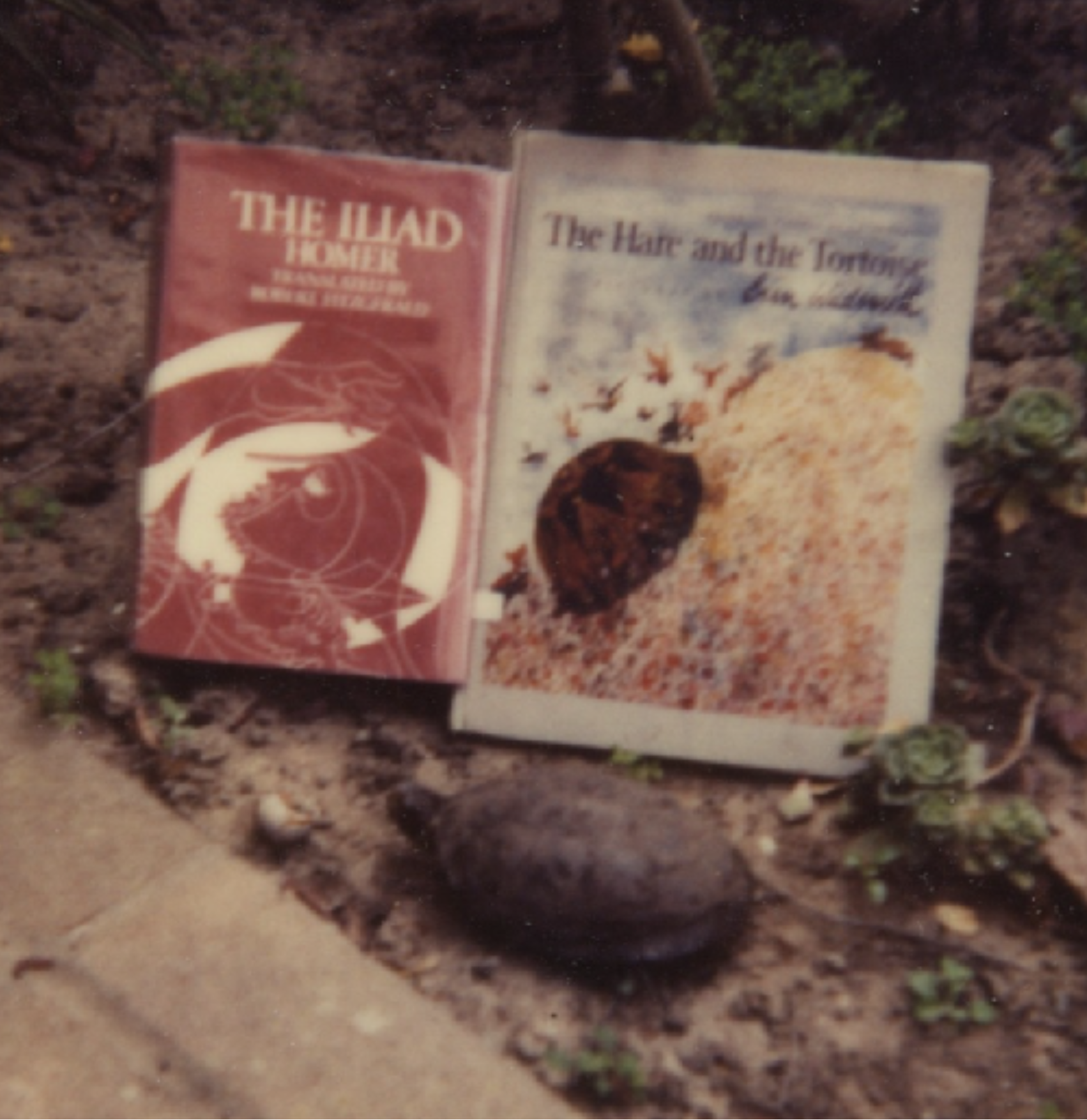
As far as we know Excelsior was the only SFPL library to have a pet turtle — or pet anything.
In 1982, the 55-year-old turtle named "Homer" was awarded a Certificate of Excellence from the San Francisco SPCA for "outstanding and creative contributions to a work environment." He also received a Most Honorable Mention for "sheer poetry in slow motion." He was on TV-Channel 7, and was a semi-finalist in the Pet Personnel Contest at the City Fair.
He lived in the "back garden" and swam and ate snails all day — except when he attended storytime.
It wasn't until 1982 that the branch was initially able to offer seven-day-a-week service — something we now take for granted. The expansion of Sunday hours was celebrated on Sunday, Oct. 17, and the theme for the event was E.T. "Excelsior Terrestrial." (Inspired by a very popular movie at the time perhaps?)
Walter Jebe was president of the Library Commission then. No doubt he, and other members of the Excelsior Merchants Association, had agitated for those additional hours of service.
Nineteen eighty-two was also the year for another innovation: the staff received its first computer with which to handle library card registration and circulation. The newspaper featured a photo of staff member Vicki Susoev who explained the new "zebra" barcodes and their use.
In 1987, the San Francisco Manila Sister City Friendship Committee donated 500 books to the branch. Concurrently, and ominously, patrons were being surveyed at the same time about upcoming cuts to library service.
City Hall proclaimed Sept. 9, 1996, Walter Jebe Day. A local merchant — his Camera Shop later his Kompact Kamera Store — was located at 4561 Mission St. for 45 years.
Jebe was well known on Mission Street and a member of the Excelsior Merchants Association and the Geneva-Excelsior Lions Club. Later, he authored the neighborhood history book San Francisco’s Excelsior District.
He was a longtime advocate for the Excelsior library — he attended the groundbreaking for the new building in 1966. He even served on the Library Commission, appointed for his first term in the 1980s by Mayor Dianne Feinstein and for a second term in the 1990s by Mayor Frank Jordan.
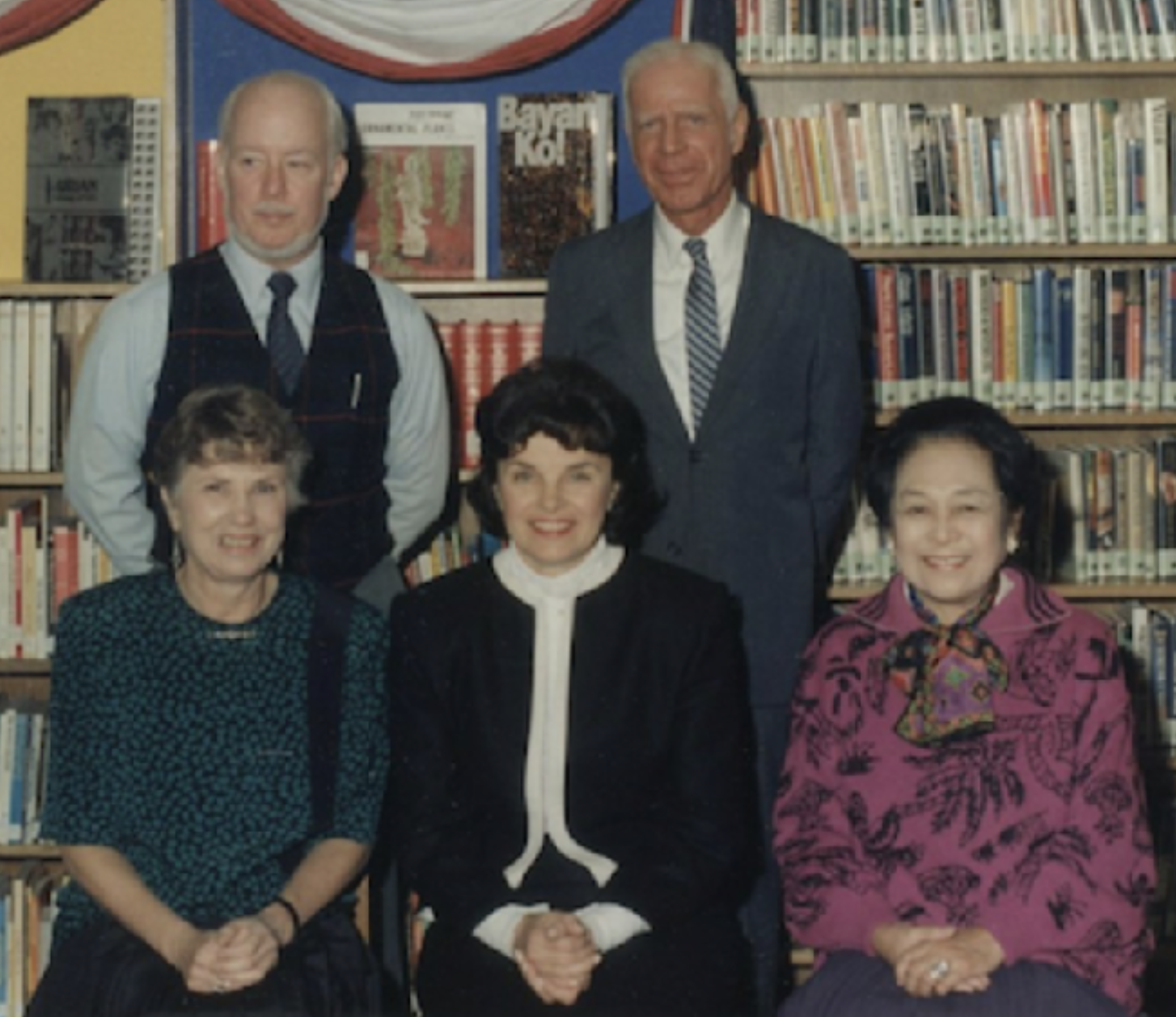
He was a member of the Excelsior Merchants Parking Committee in 1984 that proposed turning the Excelsior School's playground into a parking lot for Mission Street shoppers. Excelsior needed more parking but Jebe reflected on how times had changed. In the 60s the city took down housing to create the Norton-Mission parking lot. "Things are much different today," he said. "Securing property by eminent domain is rarely done now."
Jebe was also one of the first members of the San Francisco History Association. Ron Ross, the group's late founder, recalled their first meeting in August 1982 “in a room next to a bathroom at the old Main Library."
Later, Jebe found them a better room in which to meet.
After almost 37 years in service, the Excelsior branch closed for renovation on Nov. 26, 2003. It was the first to be renovated as part of the Branch Library Improvement Program. Mayor Willie Brown along with District 11 Supervisor Gerardo Sandoval — the first district supervisor since the 1970s — attended the closing event.
Did Excelsior get to be the first in line for renovation because of Jebe's influence? Or perhaps the administration prioritized projects based solely on need. The fact that District 11 had more school-aged children than other districts was a good reason for going first. But either way the branch and the neighborhood deserved the attention.
During its closure, storytimes, homework help, and teen programs were held at the Excelsior Youth Center. And the bookmobile made regular visits to the Safeway parking lot. But being first had its disadvantages. Other branches later in the queue were allotted temporary locations with regular branch staff to serve them during their closures. The people of the Excelsior District would have greatly appreciated having access to a temporary library site.
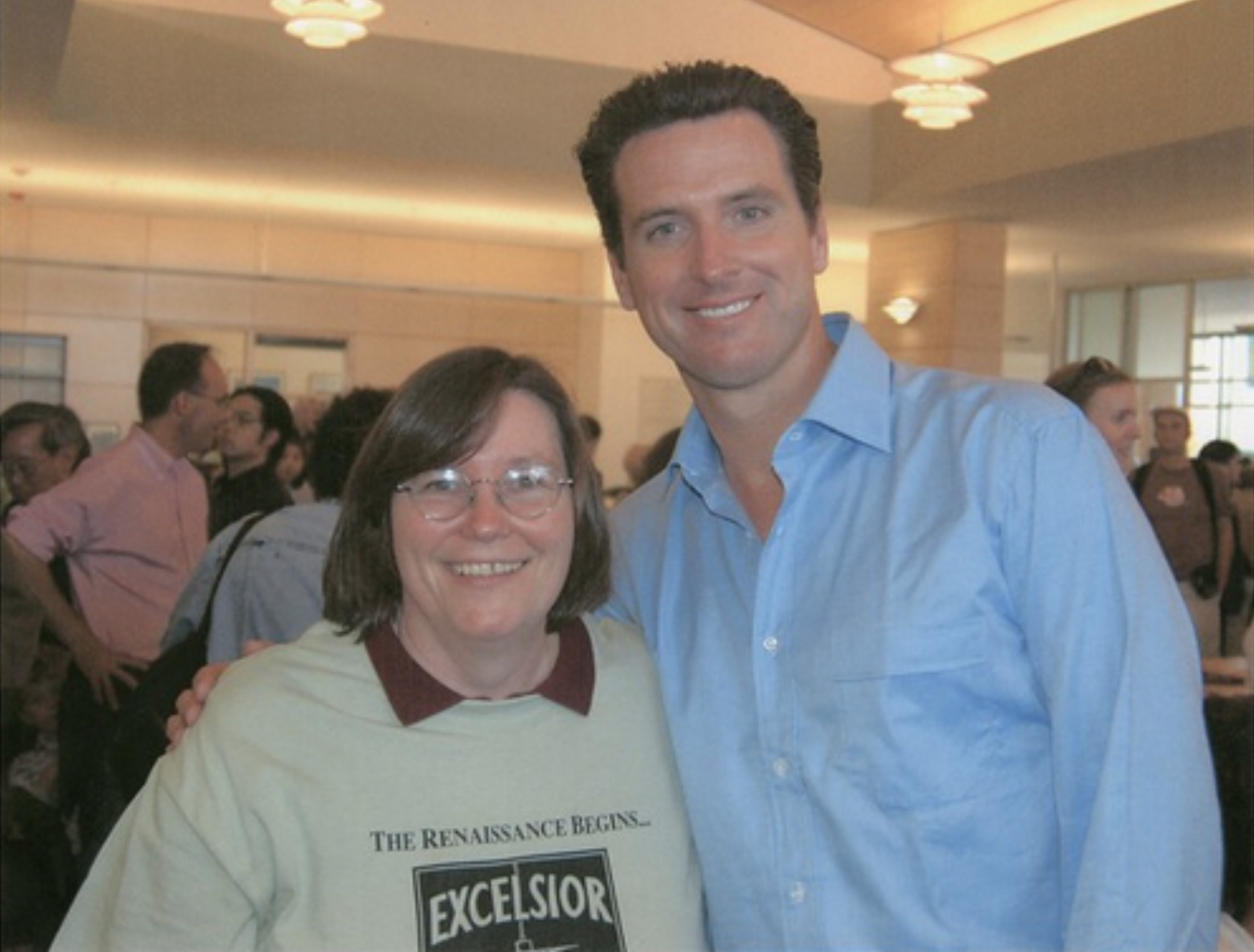
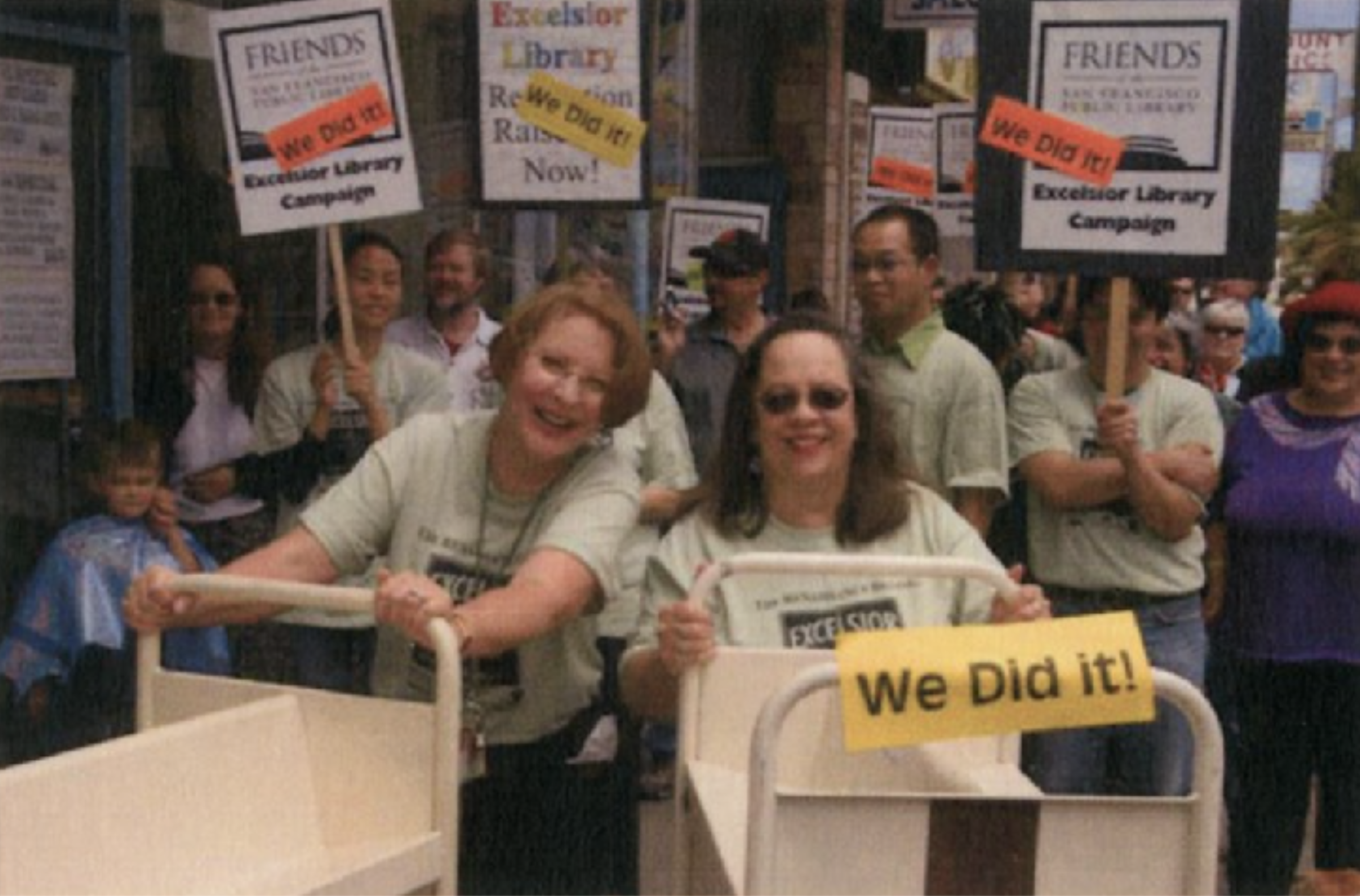
The renovated Excelsior branch reopened on Saturday, July 9, 2005 with a big celebration.
Mayor Gavin Newsom, Supervisor Gerardo Sandoval, City Administrator Ed Lee, new City Librarian Luis Herrera and Library Commission President Charles Higueras all made appearances at the event.
"It meant a lot to the neighborhood to be the first branch to be renovated," remarked Branch Manager Terry Gwiazdowski. "We are often overlooked, and some people even think we are in Daly City!"
Terry "G" led the rolling book cart contingent in the parade as part of the opening day festivities which were attended by over 500 people.
The construction budget, funded by the Library Bond measure of 2000, was $2.3 million and the City's Bureau of Architecture took the lead on the project. The Friends of the SFPL raised $300,000 for furniture, fixtures and equipment with help of the Community Campaign Committee. The Committee Co-Chairs Grace D'Anca and David Hooper carried on after the sudden and unexpected death of beloved neighbor and Cayuga Improvement Association member Jo-Carol Davidson.
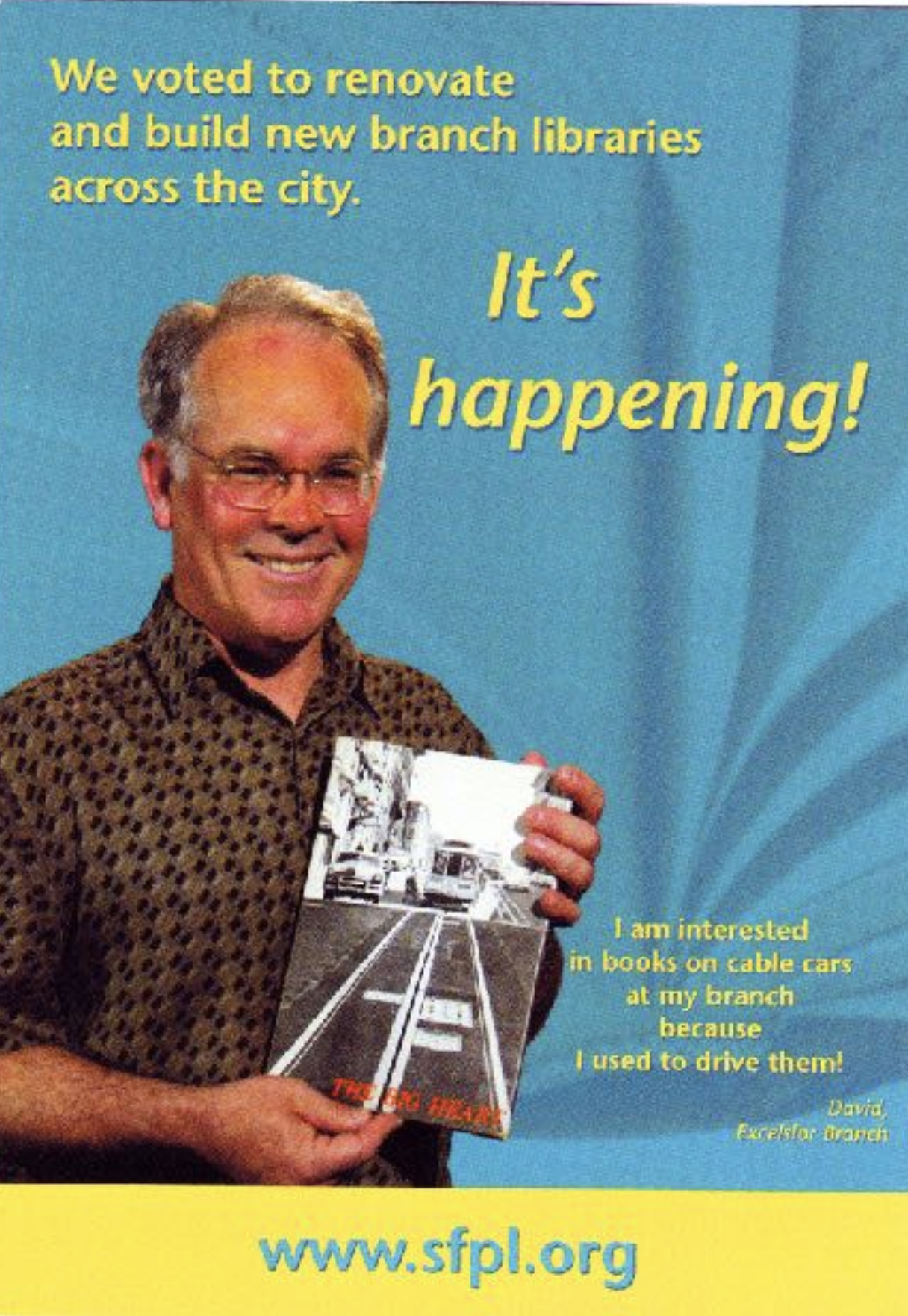
After its reopening the library resumed its role as a "district" branch. The renovated building had solar panels, improved back-of-house areas, ADA improvements, and the new public printers which attracted many. But the building also included "raised-flooring" to accommodate wiring for electrical and telecom equipment — which turned out to be a short-sighted and expensive item.
Most importantly the new meeting room was disappointingly small compared with the old one — its maximum capacity was and still is 35. The old one had a capacity of 60 with room to spare and its entrance was conveniently located near the front door. The new one's awkward location further diminishes its usefulness — but it does have upgraded audio-visual equipment.
As the last of the Appleton & Wolfard branches Excelsior still has large windows but none of the other "suburban home-like" amenities like fireplaces, courtyards, reading lounges, or drapery.
Did the Excelsior project get fewer Appleton & Wolfard amenities because they were last in the queue? Or was the Excelsior too "working class" for such things?
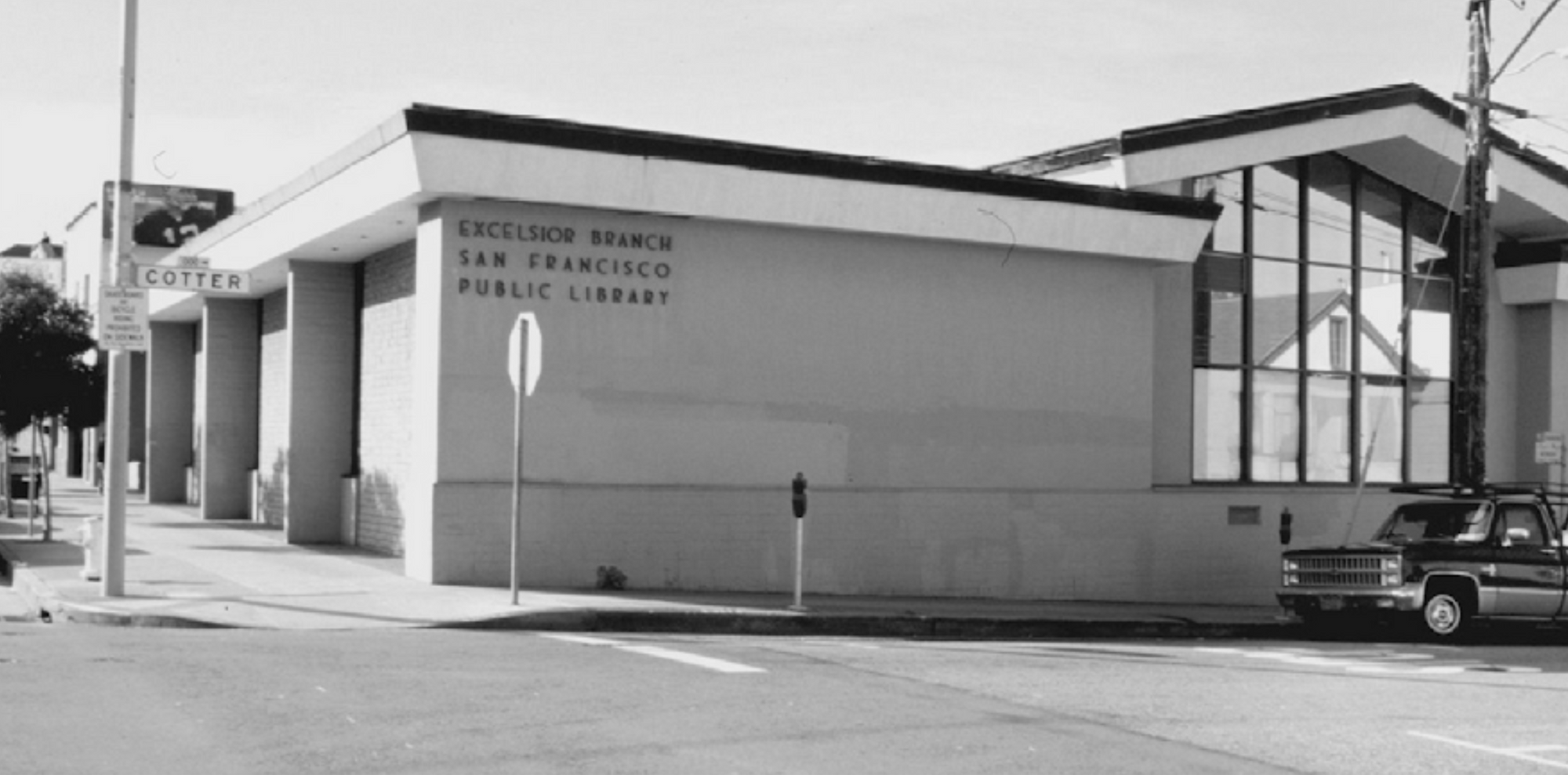
The Persia Triangle was created around 1949 when the city combined lots and brought Persia Avenue across Mission and through to Ocean Avenue. The Mission and Persia side of this triangular shaped lot — is 4680-4690 Mission St. That's the laundromat building originally designed by Mario Ciampi and built in 1949.
The other side of the triangle — the Ocean and Mission side —features a parking lot and auto-service-center. There has been a "filling" or service station in that spot for at least 100 years.
The parking lot is now considered by local advocates to be Mission Street's "open space." They have dedicated themselves in recent years to improving it by adding seating, fairy-lights, and decorations for holiday celebrations. They have maintained a valiant effort to fight blight and create a sense of community during recent economic ups and downs.
Isn't it interesting, however, that over 60 years ago neighborhood leaders were campaigning to have a new library built on this same spot? We may never know exactly how and why the Excelsior branch ended up on Lot 46 at 4400 Mission St. But it's tantalizing to imagine the public library at the Persia Triangle — right across the street from where it had been located in the 1920s and well into the 1940s.
It's unfortunate that the vision for the Excelsior library, in the 1960s and the early 2000s, wasn't more inspired. Imagine if the project had included open space and senior housing in the more central location neighbors call the Persia Triangle. It's unfortunate that the political will and economic investment needed to create something with such lasting and positive impact never came to fruition.
We are left with a slightly mysterious library origin story and a very busy branch which, after seventeen years, is already in need of a refresh. Nevertheless, the ongoing, heartfelt efforts to transform a parking lot into a place for community is very much appreciated and indicative of the lively spirit that is the Excelsior.
This story you’ve just finished was funded by our readers. We want it to inspire you to either sign up to become a member or make a gift to The Ingleside Light so that we can continue publishing stories like this one that matter to our community and city.
The Ingleside Light is a reader-funded news publication that produces independent journalism to benefit the community. We were founded in 2008 to fill a void in San Francisco’s press: An outlet dedicated to the people of the greater Ingleside neighborhood. More than a decade later, The Ingleside Light is still here doing the work because it is critical to democracy and our civic life.
Your contribution today will help ensure that our critical work continues. From development to small business, to parks and transportation and much more, we are busier than ever covering stories you won’t see anywhere else. Make your gift of any amount today and join the hundreds of readers just like you standing up for the power of independent news. Thank you.
We deliver neighborhood news, events and more every Thursday.